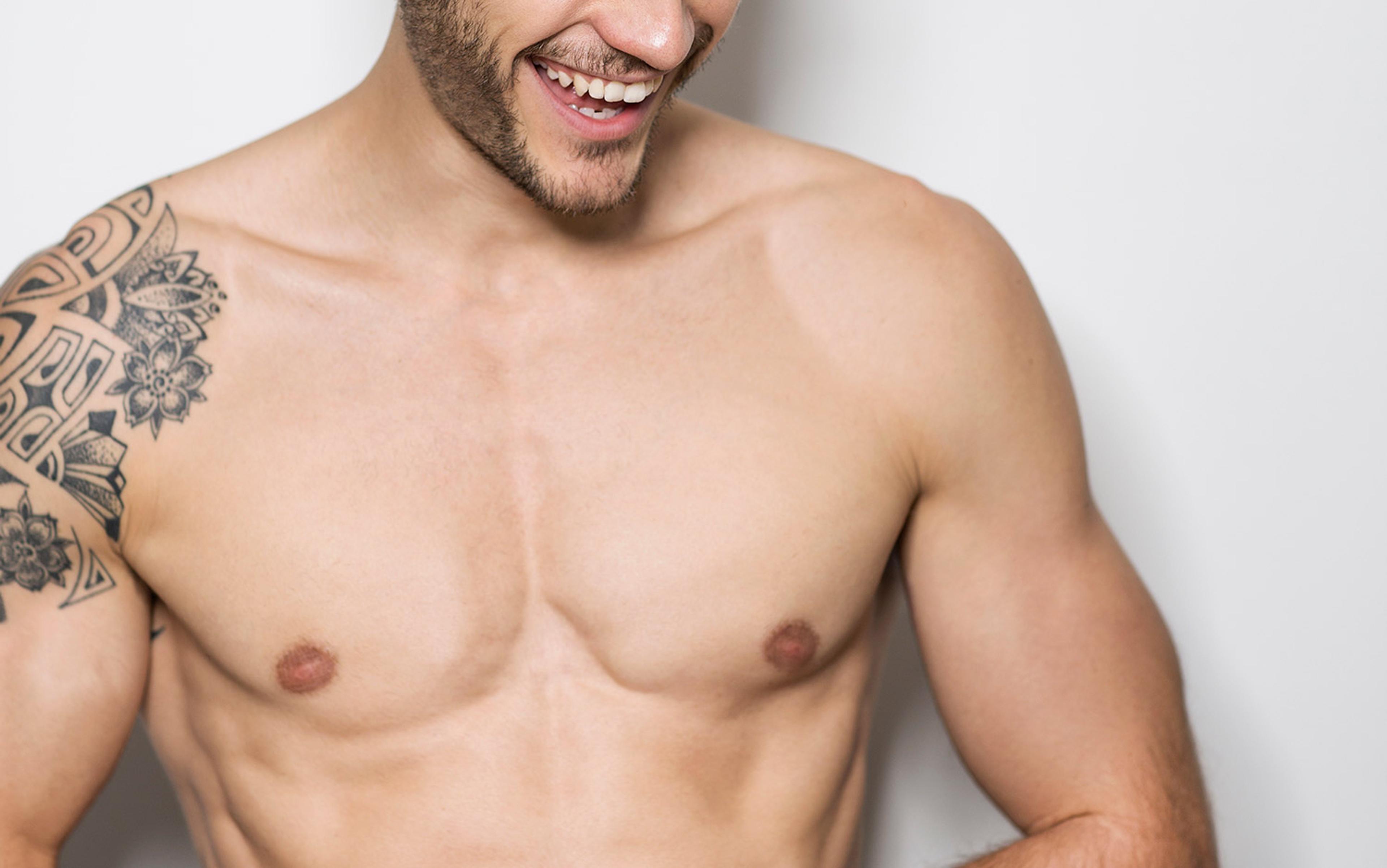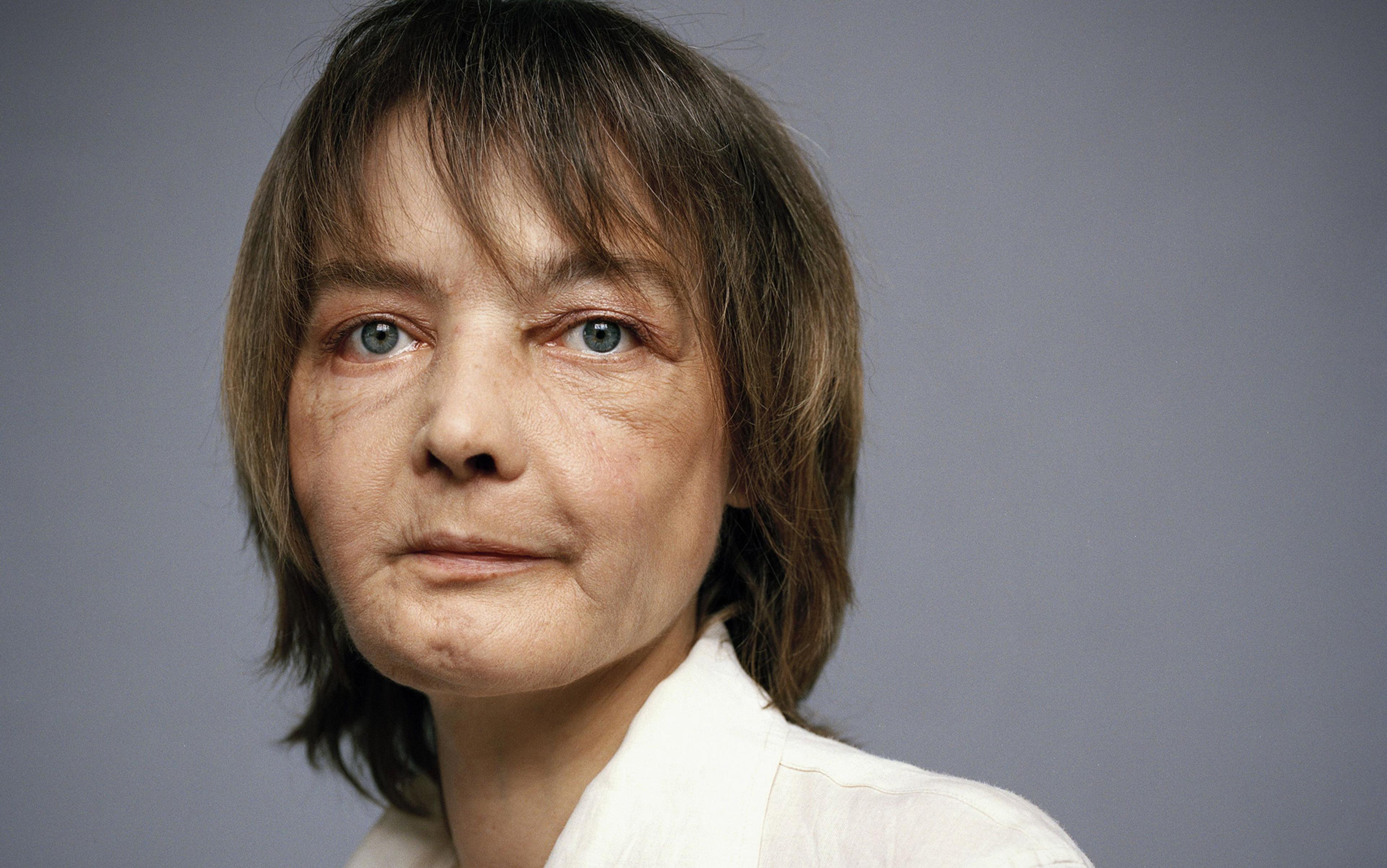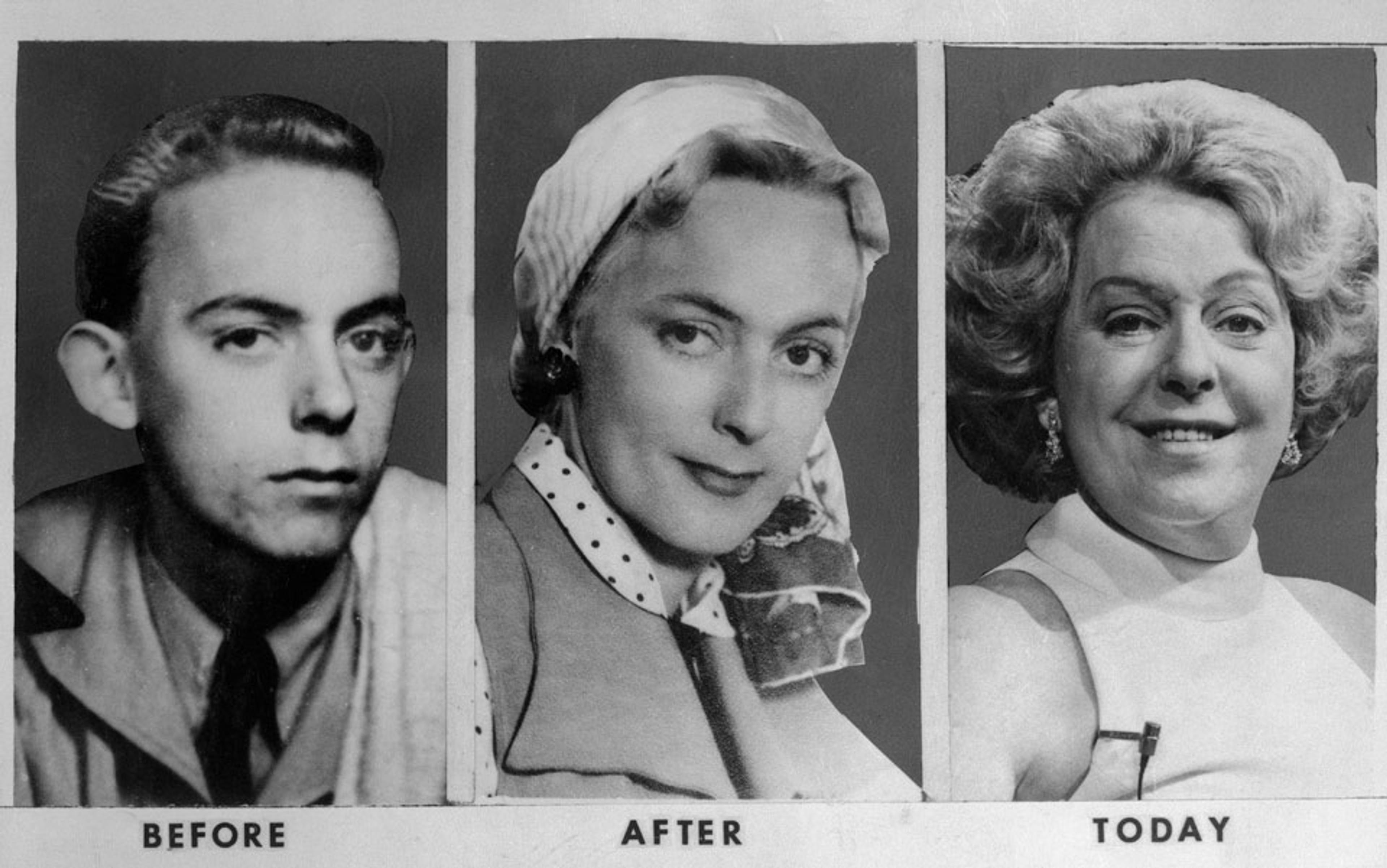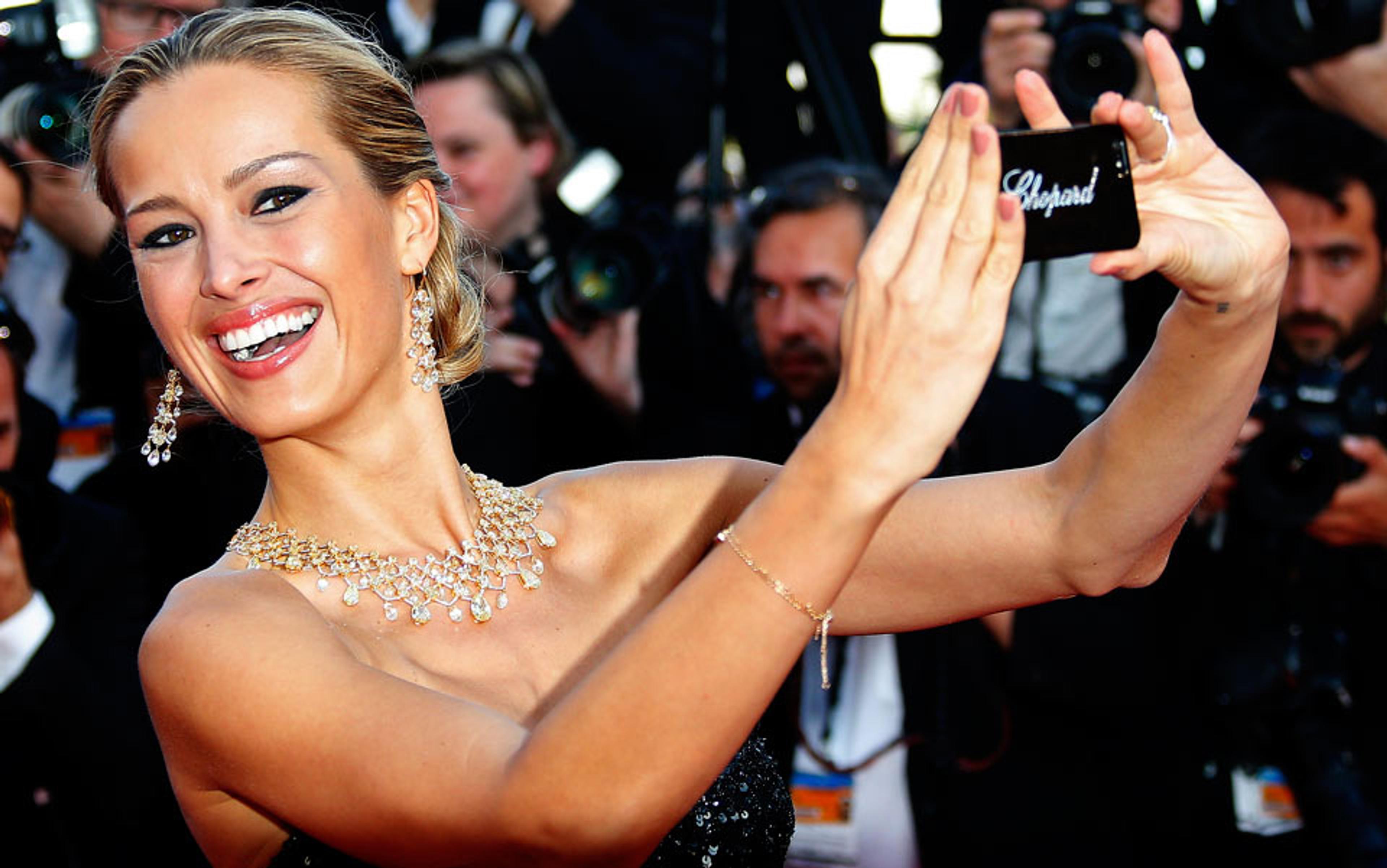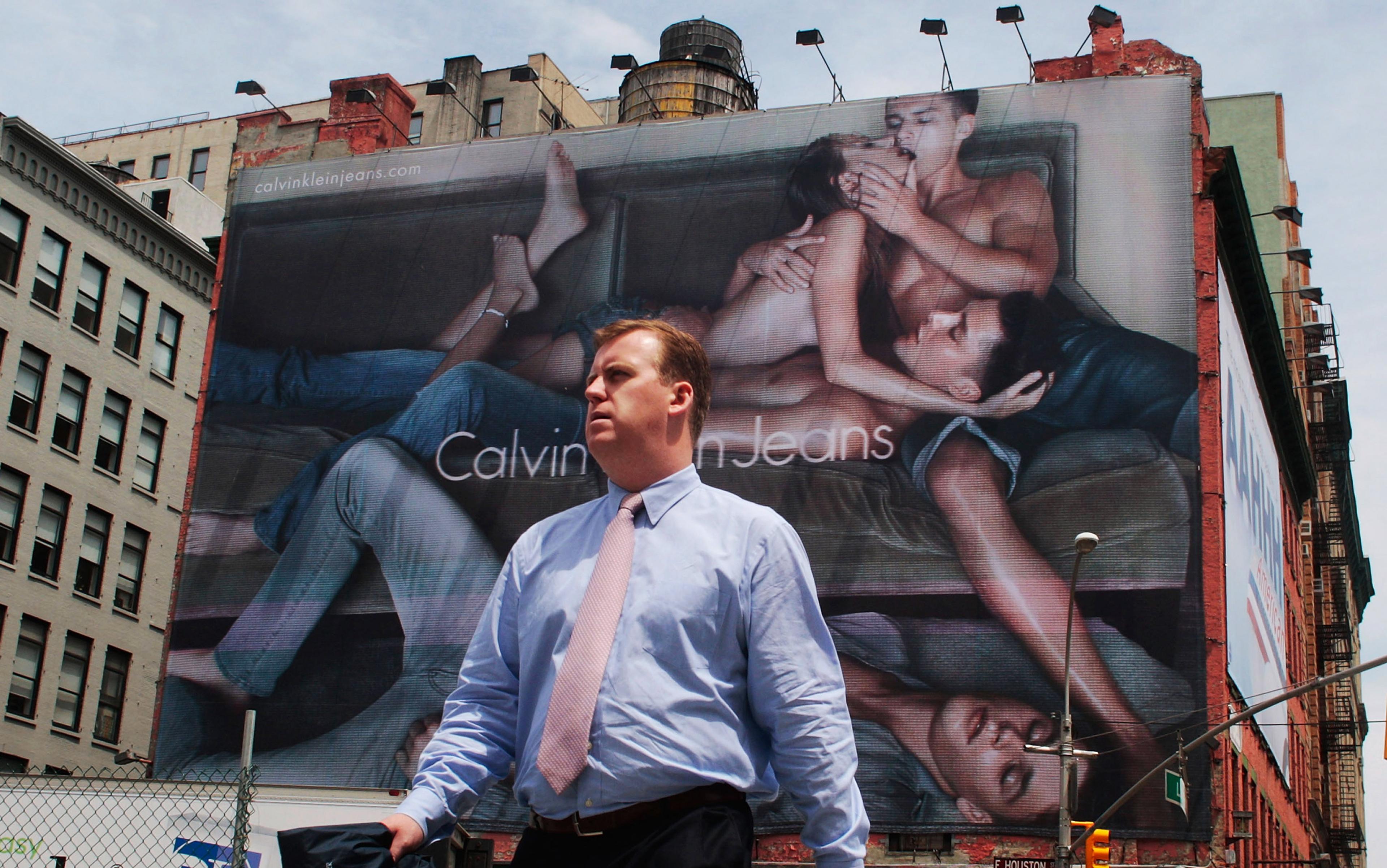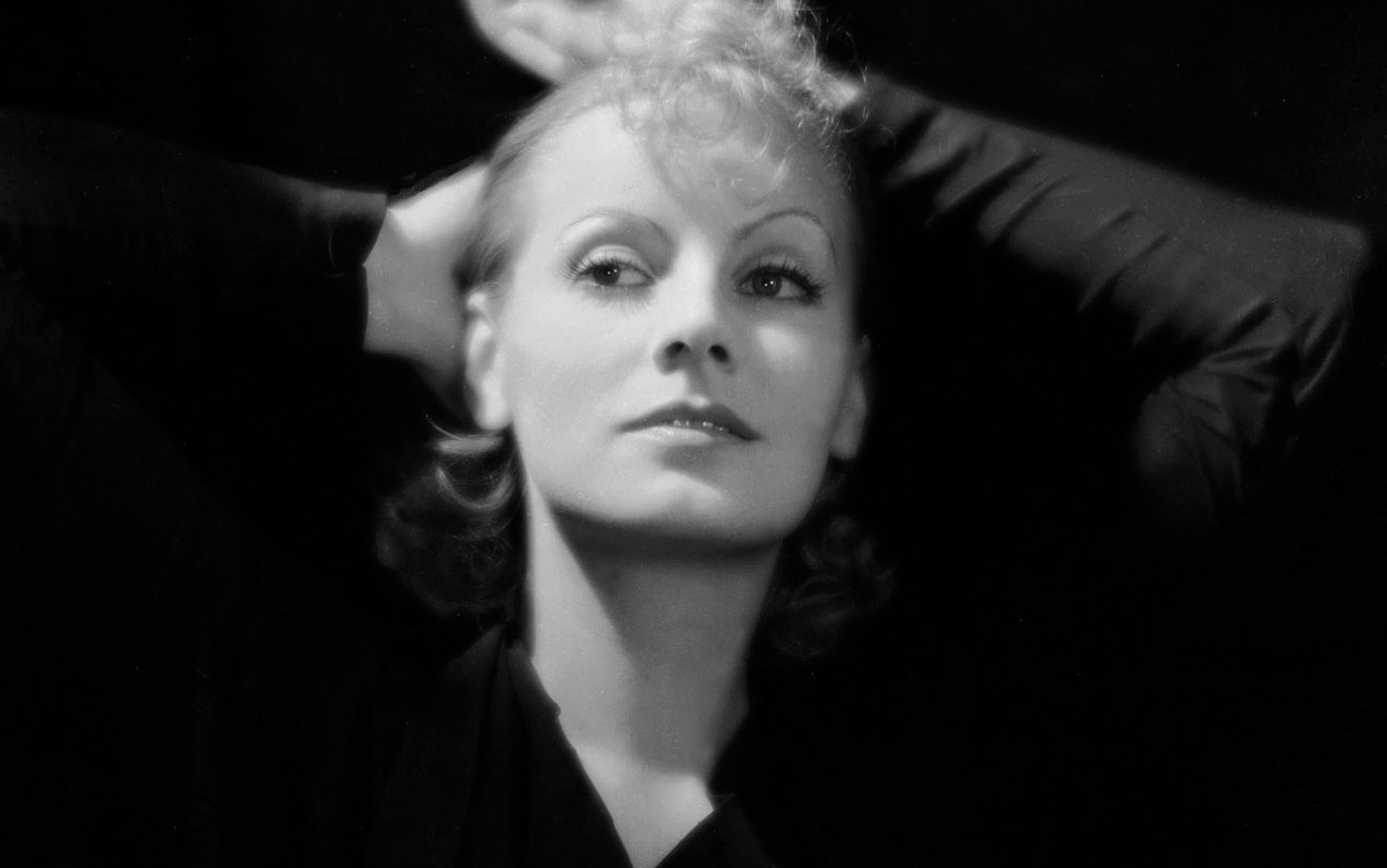Every Tuesday on Instagram, millions of users, mostly in their teens to their early 30s, upload an image for #transformationtuesday. On one side of the shot, there’s a selfie of a young man, topless or in underwear, his body slim, pale and unflatteringly lit, phone in hand before a mirror; or a young woman, similarly undressed, lumpy, undefined, slouching. In the second half of the frame, it’s the same body, but changed, enhanced. The young man is now tanned, his pectorals are bigger, his biceps more defined, the filter enhancing the contours of his abdominals. The young woman, in contrast, is smaller and more svelte, arching her back as she positions her legs just so. Often neither image has a head. The accompanying caption will state the time that’s lapsed between the two images – sometimes years, sometimes months, sometimes merely days.
The mainstream media views this sort of thing as proof that young people are turning into self-absorbed narcissists. Sensationalist articles report on young men enraptured by the likeness emanating from the reflective pool of their iPhone screens, or driven to the brink of suicide by a selfie addiction. But these depictions don’t capture the nuance of this layered and complex cultural practice.
The metamorphoses on show for #transformationtuesday are invariably bodily ones. But in the text beneath their posts, users frequently describe a more intangible, emotional or existential transformation. Captions speak of ‘pushing yourself’, ‘no excuses’, and ‘perseverance’, as well as overcoming break-ups, depression and low self-esteem. For these young men and women, improving the physical body is far more than an exercise in vanity. It has come to stand for a host of wider values and beliefs: self-discipline and strength of mind and, most profoundly, a conduit to self-realisation, to becoming the person you were always meant to be.
A fixation with ‘the makeover’ has been present in popular culture for decades. Its depiction in film, television and online has been a barometer of the shifting understandings of what it means to be an individual in the modern world, in response to changing norms of gender, youth, work and identity. The makeover is akin to what the French philosopher Michel Foucault called a ‘technology of the self’ – a script or story through which we make sense of our identity. But why does the makeover possess such cultural force? Where did it come from? Whose interests does it serve, and what are its social, political and cultural effects?
Walt Disney’s Cinderella is a poster-girl of makeover culture. Unveiled in 1950, the film asserted the power of changing our appearance as an escape from drudgery and a route to romance and the happily-ever-after. Now the spirit of Cinderella lives on, in a more digital and dispersed form across the media landscape. In makeover shows on TV, the Fairy Godmother and her team of talking animals are incarnated as the fashion stylist, the hairdresser, the make-up artist and the plastic surgeon. Cinderella herself becomes the dowdy ‘mother of three’ who has ‘lost her confidence’, or the pensioner in need of a style update to match her youthful spirit. The logic of Cinderella has even spread to young men pumping iron in the gym, where dumbbells, protein shakes and the tanning booth stand in for the glistening gown and pumpkin coach.
The makeover narrative has seeped into the corners of everyday life, crystallising a series of seemingly commonsense ideas about what it means to be a ‘good’ person. In makeover culture, looking good doesn’t just equate to feeling good. More profoundly, embodying physical beauty testifies to the fact that one is good; it becomes a means of realising one’s potential and of being true to one’s authentic self.
shopping trips, a styling session and a haircut-and-colour are the conduit to reinvigorating a latent, ‘authentic’ character
The Disney film about Cinderella, for example, repeatedly stresses her ‘charm and beauty’. It asserts that, despite her life of servitude at the hands of her jealous stepmother, ‘Cinderella remained ever gentle and kind’. Her affinity with the animal world is proof of these qualities – in a motif that occurs throughout the Disney Princess oeuvre – as we see Cinderella awoken by singing bluebirds and rushing out of bed to rescue a mouse caught in a trap. The central message of the film is that Cinderella deserves to attend the ball, wear beautiful gowns and glass slippers, to be served by footmen and marry a prince, because all this confirms and rewards the purity, grace, nobility and benevolence she already possessed. Her famous physical transformation makes visible, in spectacular fashion, a beauty she already had inside of her. At the crux of Cinderella’s tale is an understanding of the body, not just as a surface for aesthetic display, but as a vehicle for becoming who you ‘really are’.
More recently, the British makeover TV show How to Look Good Naked featured an episode with Jane, a mother of three. Jane describes being ‘confident’ and ‘curvy’ in her younger years, but says she lost her poise because of the changes to her breasts and body that came after having children. ‘You’ve not just lost two cup sizes, you’ve lost Jane,’ the host and fashion stylist Gok Wan tells her. Her habit of layering herself in beige and dowdy clothes is framed as a symbol for the submergence of her ‘true’, vivacious self beneath the tribulations of life. But ‘that gorgeous, fabulous, old-school Jane is coming out today,’ Gok reassures her. Gok proffers shopping trips, a styling session and a haircut-and-colour as the conduit to reinvigorating a latent, ‘authentic’ character, which Jane had somehow lost in the passage of time.
We could dismiss such TV shows as frivolous entertainment. But the stories that circulate through popular culture offer insights into the social contexts in which they are produced. Makeover culture speaks to consumers living in a cultural moment characterised by social fragmentation and moral uncertainty. It sells us the reassuring promise that, beneath the chaos of modern life, a ‘true’ and authentic self resides within each one of us, ready to be brought forth by purchasing the right products and services.
The idea that we have an authentic self – a set of innate personality traits, desires, emotional and intellectual dispositions unique to us – emerged in the 18th century. Enlightenment thinkers such as Jean-Jacques Rousseau tried to move away from religion as a means of making sense of the world. Instead, they claimed that the purpose of life was to be true to an essential nature that defined who we are.
In the 21st century, the notion of the authentic self has solidified into common sense, with the routine demands to ‘be yourself’ or to ‘be real’. This is partly a response to the perceived breakdown of collective structures that traditionally gave life meaning: religion, local community, extended family ties. The late philosopher Zygmunt Bauman has called this state of affairs ‘liquid modernity’ – a description of how reliable anchors of group identity have given way to fluidity, insecurity and individualism. The makeover offers an apparent solution to these social and cultural transformations. It encourages us to look inwards, to the very fabric of the self for meaning, purpose and fulfilment.
Paradoxically, the logic of the makeover positions the external body as the site upon which inner authenticity is to be displayed – right before the market steps in to help us achieve this self-realisation. Of course, there’s nothing magnanimous about the self-confidence sold to us in the form of a bottle of shampoo, a new dress or a subscription to a gym. Women are the main target of these enticements, asked to demonstrate their value as individuals through physical appearance.
Feminists have criticised the makeover-centric media for its reproduction of constrictive standards of female beauty. It sets out, subtly and not-so-subtly, ‘good’ and ‘bad’ ways to be a woman, layering these over inequalities of race and class. The feminist academic Angela McRobbie, for example, has described the TV show What Not to Wear as a form of ‘symbolic violence’ that seeks to shame working-class women into adopting bourgeois styles and mannerisms.
In many ways, makeover culture is a product of patriarchal, middle-class values, with roots in the Industrial Revolution and the rise of the bourgeoisie in Britain. According to the historian Mary Poovey, it was in this period that the concept of ‘ladylike’ behaviour emerged as an ideal for middle-class women – involving purity, submissiveness and deference to male authority. These qualities worked to control female sexuality and to fashion it into a vessel for the reproduction and the trading of property rights. This period also saw a massive expansion in shopping as a pastime for women, with the first department store opening in London in 1796. Dressing and styling oneself in a particular way thus became a means of demonstrating the possession of a ‘good’ feminine character.
The logic of displaying one’s inner qualities through outward appearance was based on a distinction between being a woman and being feminine, according to the sociologist Beverley Skeggs. ‘Woman’ was considered a biological category, but femininity was a ‘process’ by which women became specific kinds of women. ‘Appearance became a signifier of conduct; to look was to be,’ Skeggs wrote in 2001. Conformity to the feminine ideal was measured by how well (or how poorly) women could use the tools of the fashion and beauty industries. Naturally, this meant femininity was inaccessible to those who didn’t have the money or time to be active consumers. This is why, even today, the denigration of working-class women and women of colour often centres on their perceived failure to embody feminine beauty.
The split between the idea of ‘woman’ and that of ‘femininity’ continues to cast the beautified female form as little more than an emblem of a woman’s innate, internal goodness. What’s more, makeover culture has perpetuated the myth that marginalised women who are truly ‘good’ – that is, willing to adopt the values of middle-class respectability – can summon the magic of the makeover. This is often through the intervention of a rich, benevolent man, as in films such as My Fair Lady (1964) and Pretty Woman (1990).
The implication was that these physical transformations made visible and tangible an authentic female self that Jenner had harboured within her all along
What about the apparent cachet and prestige that makeover culture has brought to marginalised populations, such as gay men and transgender women? It’s true that makeovers have helped these people attain mainstream media visibility, even if only in narrow and limited ways. The gay fashion guru has long held a privileged place within makeover culture, from Queer Eye for the Straight Guy to celebrities such as Gok Wan.
When the reality star and former Olympic athlete Caitlyn Jenner came out as a transgender woman, the media drew heavily on the logic of makeover culture to ensure that her transition was intelligible to mainstream audiences. Jenner introduced herself to the world on the cover of Vanity Fair in July 2015, wearing a white corset, delicate ‘natural’ make-up and perfectly coiffed hair, all of which accentuated her recent breast implants and facial feminisation surgery. The words ‘Call me Caitlyn’ ran across the line of her hips, emphasising Jenner’s womanly, hourglass silhouette. The implication was that these physical transformations made visible and tangible an authentic female self that Jenner had harboured within her all along. Inside the magazine, shots by the photographer Annie Leibovitz nodded to the labour involved in the maintenance of Jenner’s femininity, including discarded dresses, hair products, wigs, make-up and jewellery. This aesthetic carried over into Jenner’s reality show, I Am Cait, in which sequences of Jenner picking out clothing, having her hair styled and make-up applied are recurrent motifs.
Jenner’s transition conformed to the arc of a grand makeover narrative, on a continuum with the body-work required of all women. This pop-cultural entanglement of transgender and cisgender femininities found its ultimate expression in the US cable show TRANSform Me. Here, a trio of transgender women (including the Orange Is the New Black actress Laverne Cox) coached apparently wayward, ‘masculine’ cisgender women to apply makeup, dress correctly for their body shapes, and walk in high heels.
Of course, these shows have made transgender identities more visible than before. But they also suggest that transgender people are ‘acceptable’ only so long as they embody established norms of physical beauty. This kind of conditional validation intensifies the historical race- and class-based exclusions that run through makeover culture more broadly. Jenner’s vast material wealth is clearly at odds with the lived experiences of most transgender women, as many critics and activists have observed – particularly trans women of colour, who often can’t afford to undertake bodily transformation in quite such a fast and spectacular fashion.
As far back as the 1990s, the academic Marjorie Garber said we should look to transgender people to understand the meaning of gender categories. Today, the narrative of transgender life embodied by figures such as Caitlyn Jenner – one in which changing the body brings forth the authentic self – speaks to the wider importance that we place on being true to who you ‘really are’. This drive to embody our authenticity and to manifest our potential through physical appearance applies whether you are cisgender or trans, straight or gay, a woman or a man or neither. It’s deeply entwined with the changing nature of these categories within contemporary cultural life.
‘Spornosexual’ is a newish term coined by the British journalist Mark Simpson. It refers to a generation of young men who strive to look like a cross between a sportsman and a porn star. Simpson claims that the recent rise in male obsession with the body beautiful is a response to the decline of traditionally ‘male’ industrial and manufacturing jobs. In the British media, particularly in reality TV, the stereotype of the image-obsessed young male is most often associated with de-industrialised Northern cities (Geordie Shore), ex-coalmining communities in South Wales (The Valleys, and Young, Welsh and Pretty Skint), or the aspirational, lower-middle class London commuter belt (The Only Way Is Essex).
These depictions point to a new norm in which, for many young men, working on their bodies has come to replace meaningful and satisfying paid employment. On Instagram, thousands of beautiful young men self-promote as models and/or personal trainers, in an effort to channel their investment in their appearance into some form of remunerative work. Likes and comments on social media have essentially usurped the monetary wage as a measure of value in this economy of the image. Here, the makeover paradigm takes on the extended temporal form of a life-long journey towards manifesting one’s latent potential.
What is valorised in makeover culture is not the finished look but the willingness to undertake the neverending process of beautification
There’s a certain hypocrisy at work in these processes. Makeover culture speaks in an elevated personal lexicon of authenticity, potential and self-realisation. But in the media it often seems low-brow, quotidian and banal, a quality that serves to mask its very real social and cultural implications. This isn’t unique to men. Cinderella, that archetypal heroine of makeover culture, is disingenuous to the last. Unwritten in her tale, and undramatised in her various filmic incarnations, is the perpetual labour to which Cinderella must stoop to keep up her look: cardiovascular exercises, weight training, dieting, make-up, hairstyling, blow dries, shaving, waxing, eyebrow shaping, shopping for clothes, picking out outfits, and so on, and on, and on.
What is valorised in makeover culture, then, is not the finished look, because being beautiful is literally a life-long occupation. Rather, it’s the willingness to undertake the never-ending process of beautification, to push, effortfully, towards self-realisation.
Young people in the West now face an increasingly uncertain future, in which markers of adulthood taken for granted by their parents – financial security, home ownership, secure careers and a nuclear family – appear ever more unattainable. Our appearance is one of the only things that seems to remain within our control. In such difficult times, the makeover reassures us that we need look no further than our own bodies – that the solutions to all manner of personal and political problems lie within the fabric of the self, rather than in the external and unmanageable structures of the material world. It encourages us to become isolated citizen-consumers, who need nothing but the commercial industries and the services they provide to achieve a successful, happy and satisfying life. In the world according to the makeover, the most important relationship you have is with just one person: yourself.
